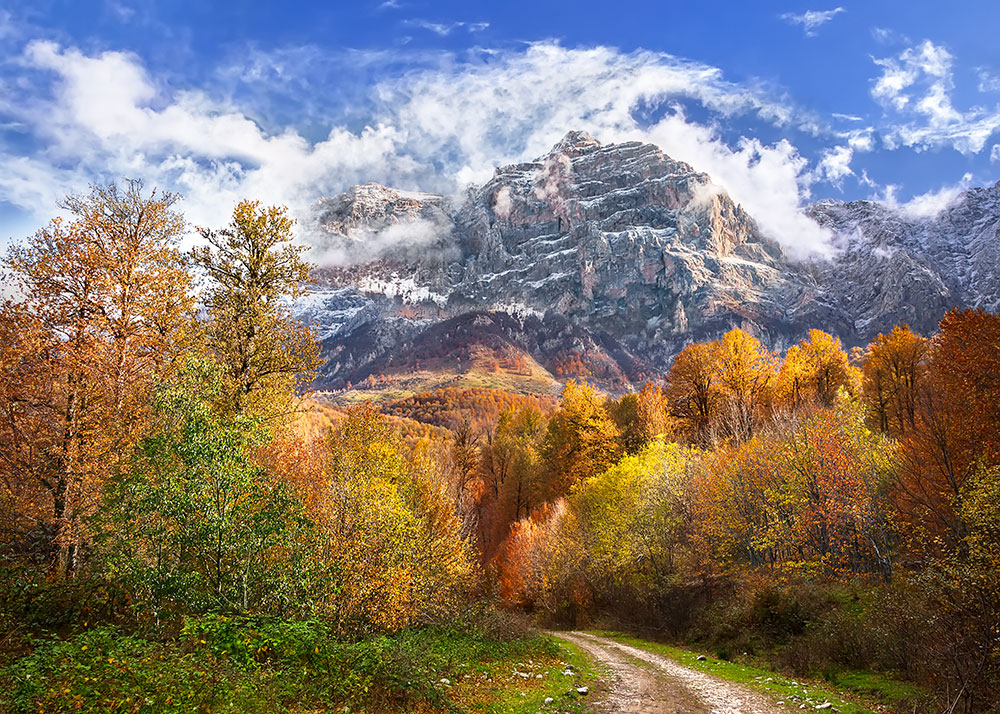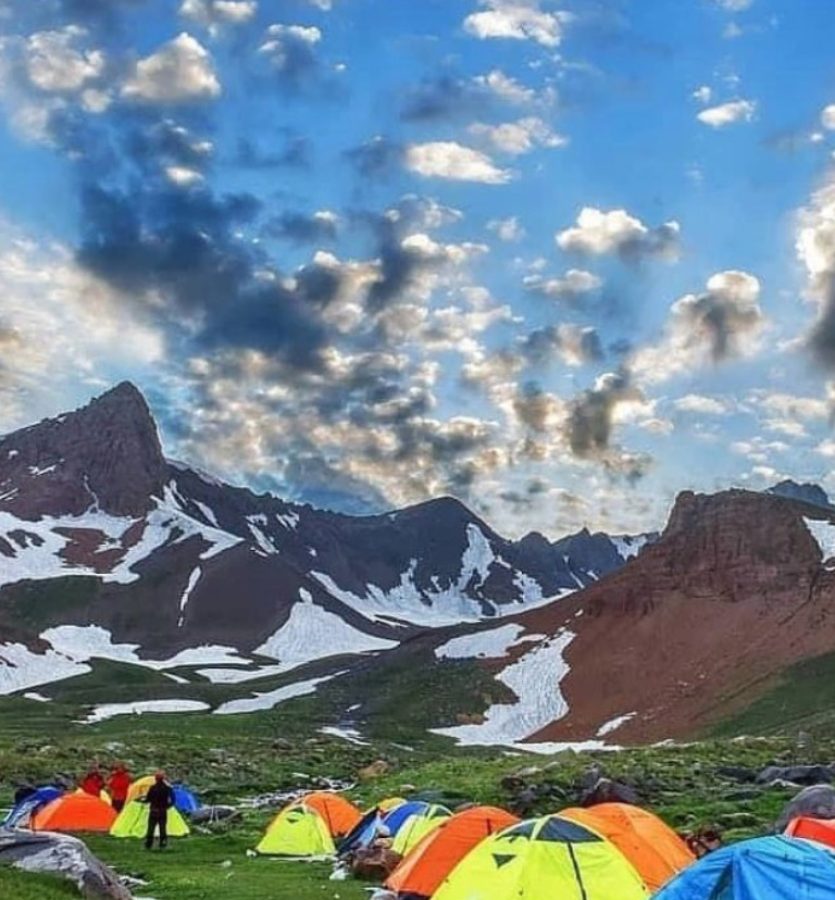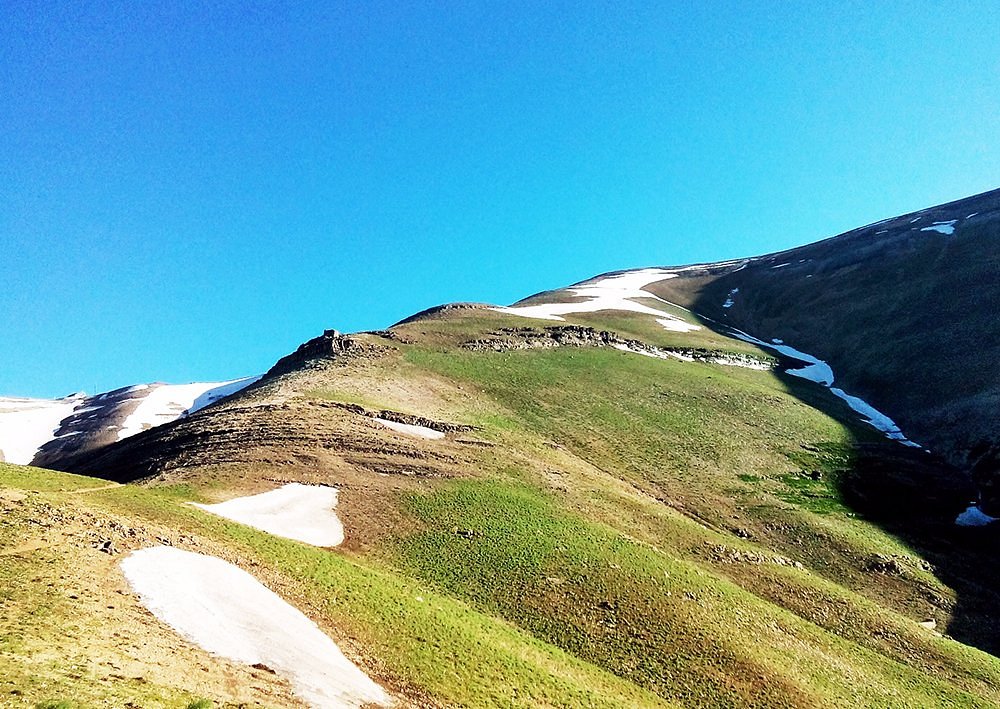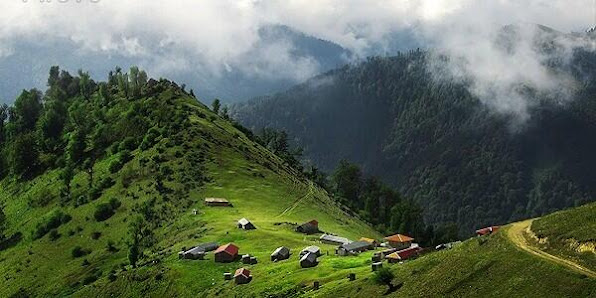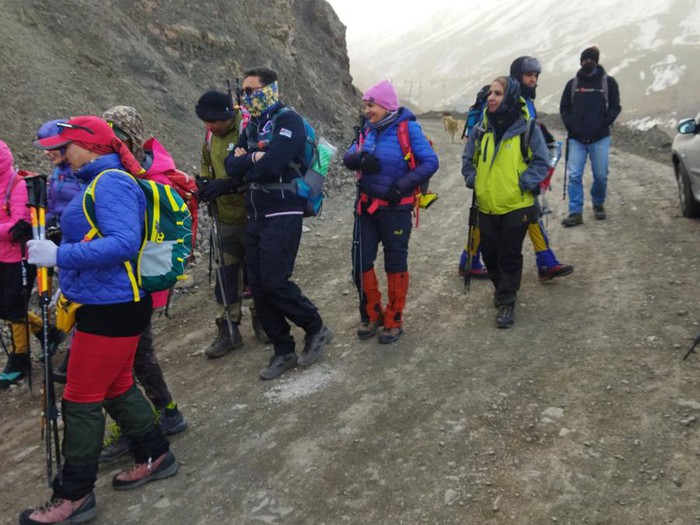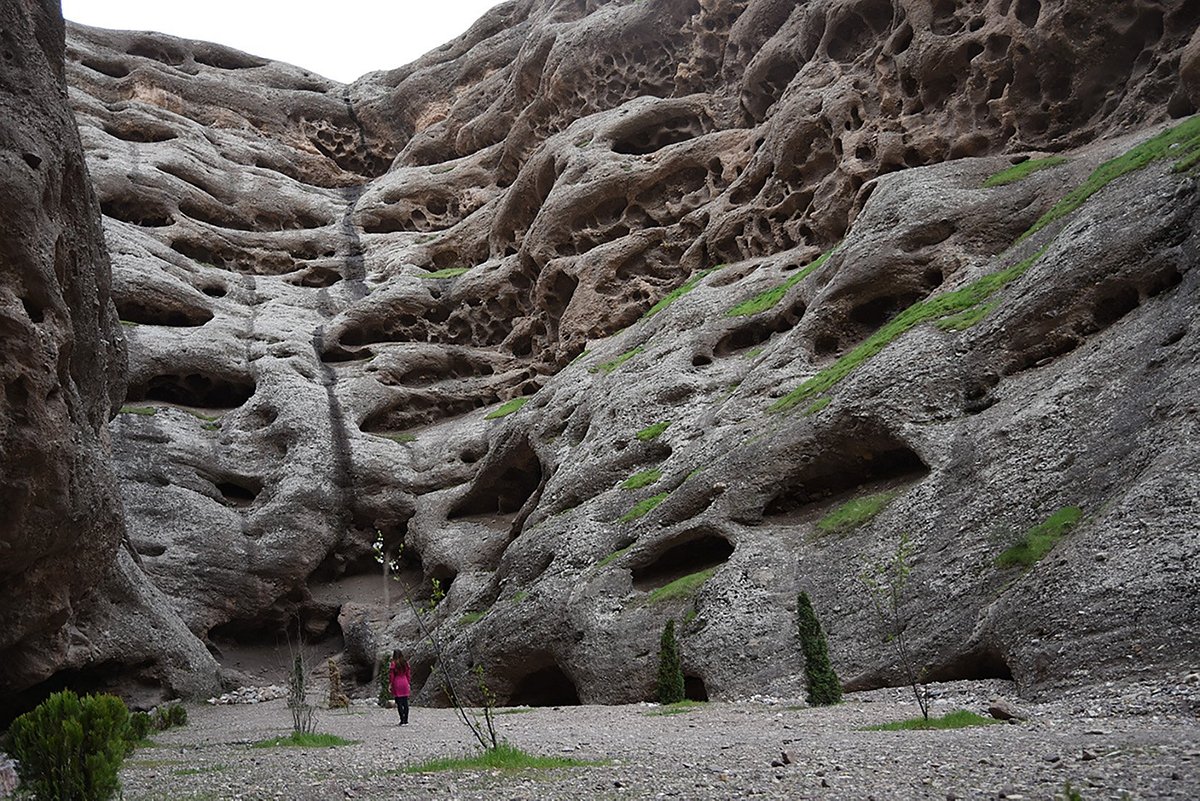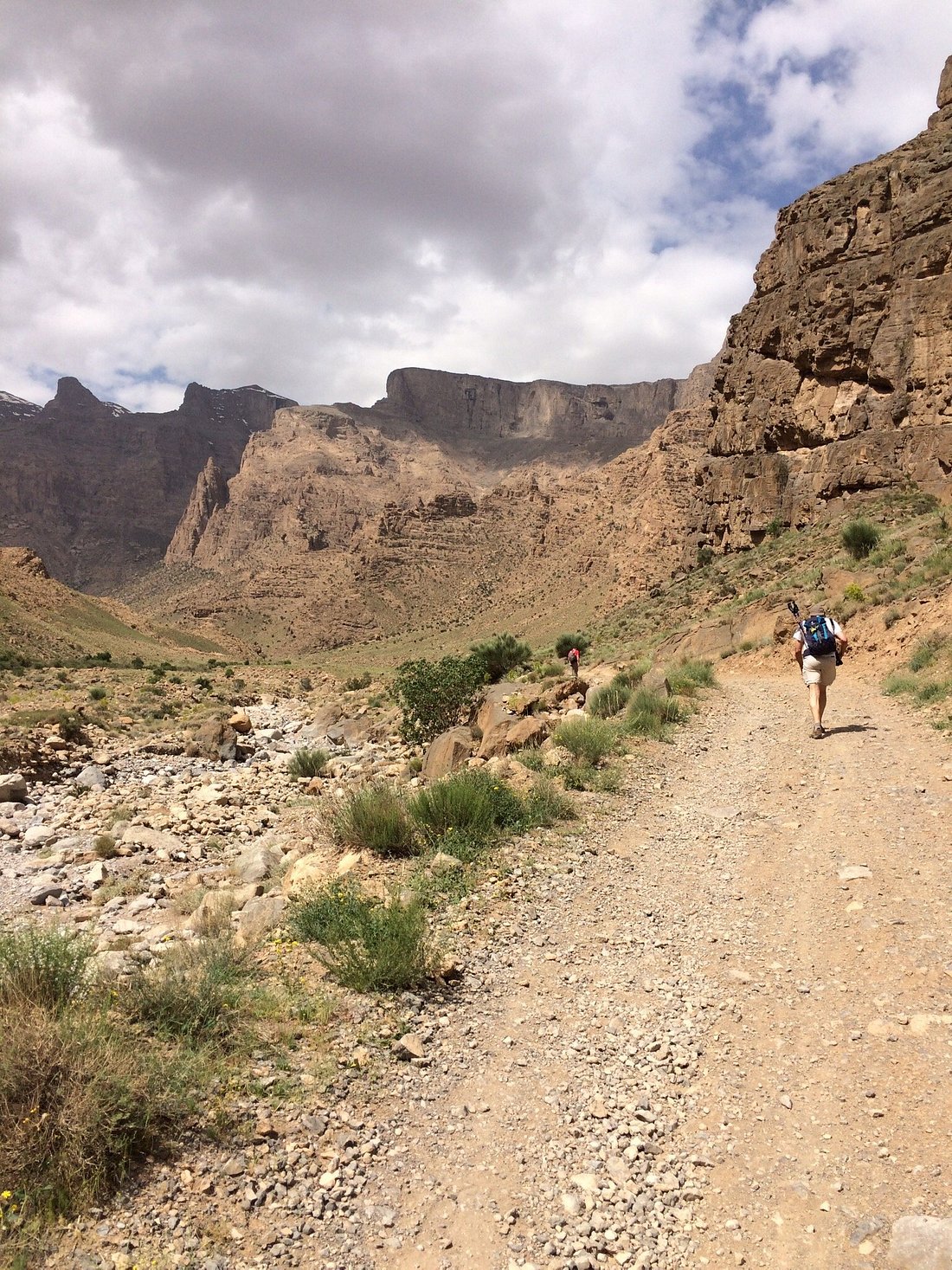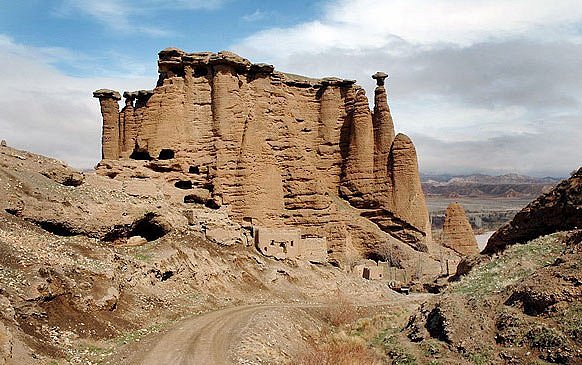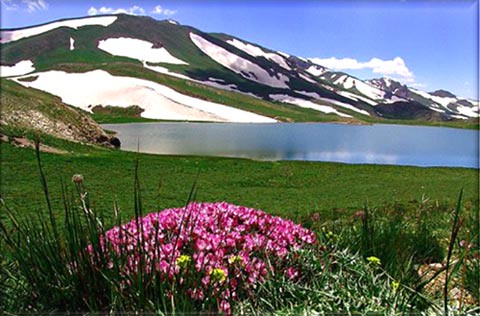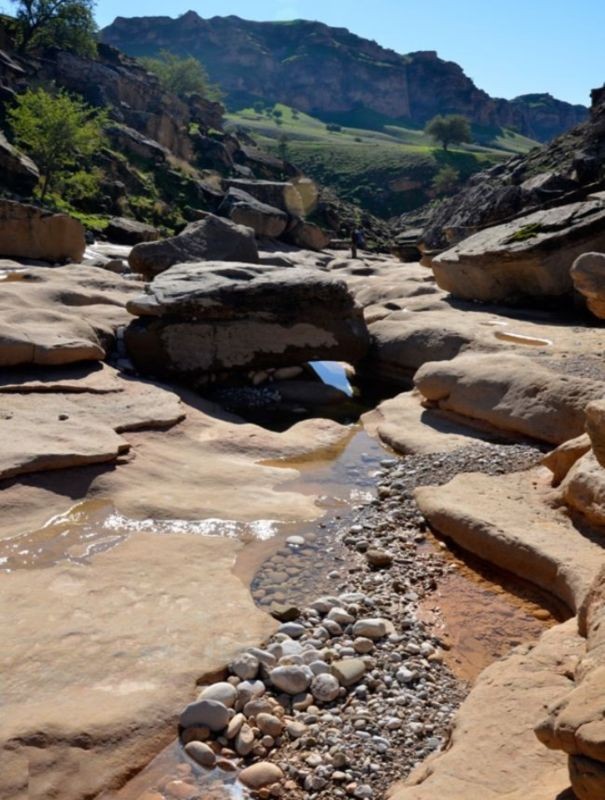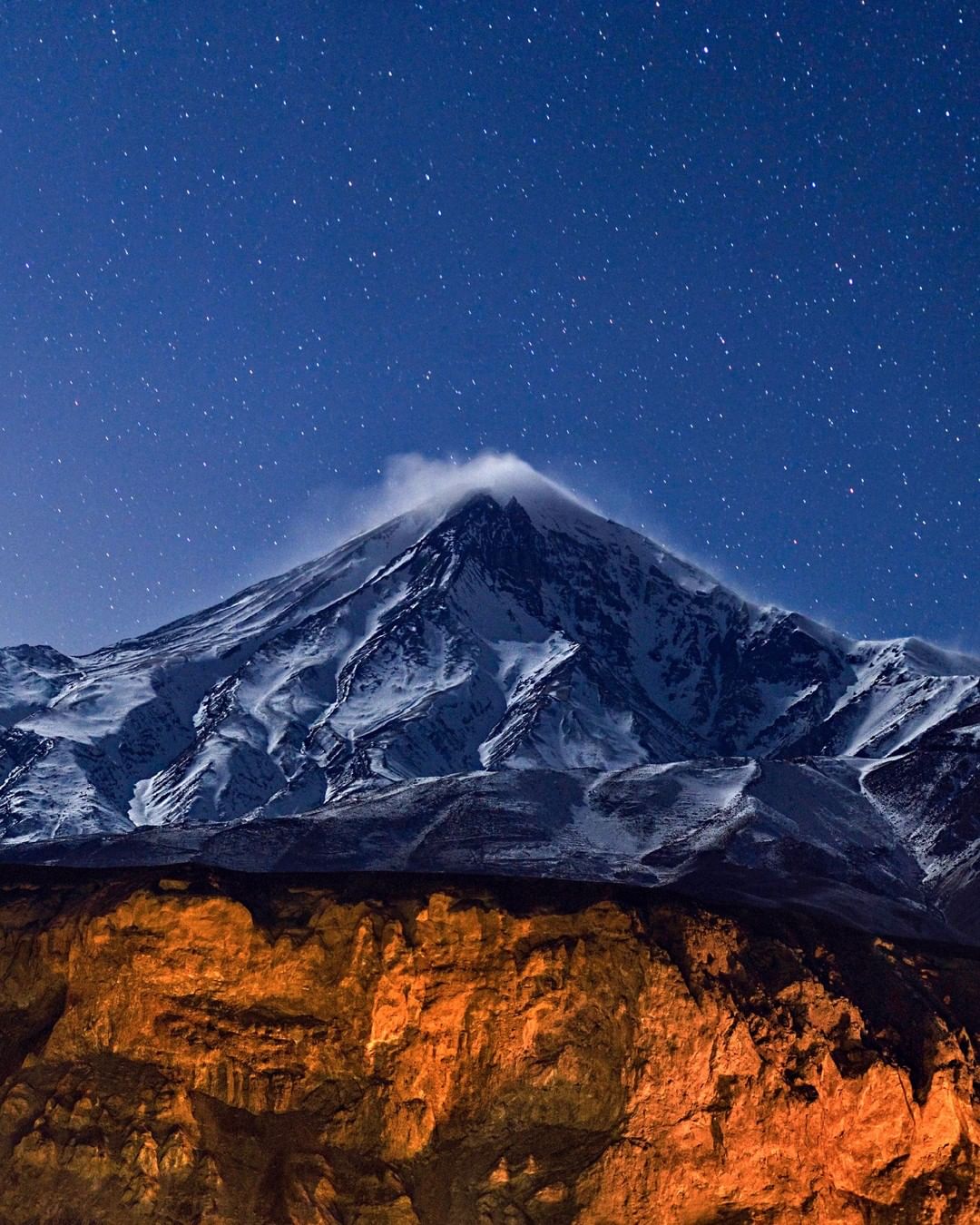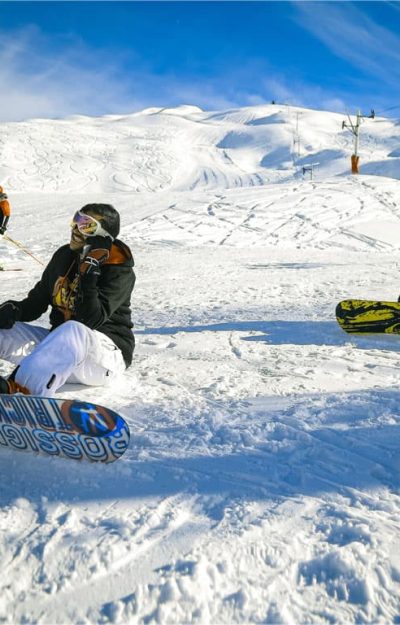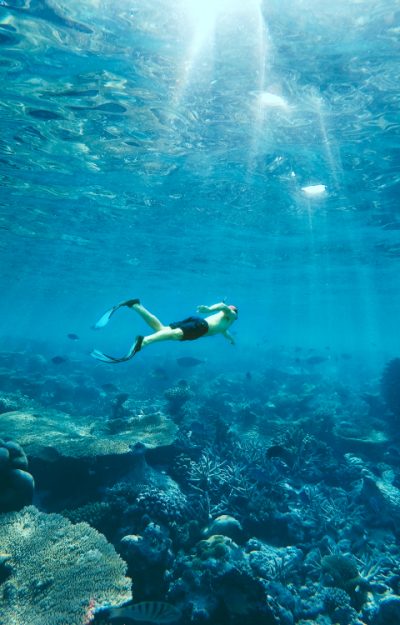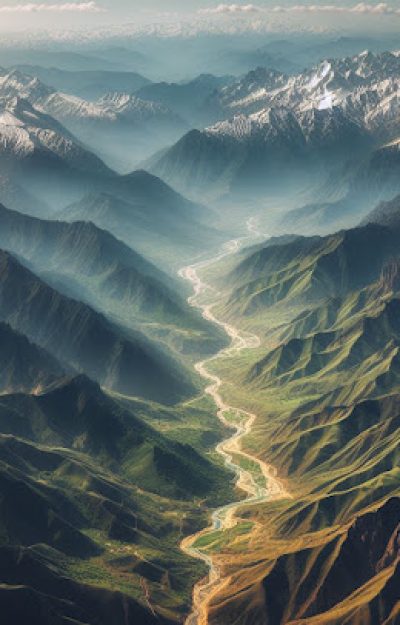Why to visit Iran for Hike and Mountaineering.
Hiking Delights:
Zagros Mountains: Trek through rugged trails and lush valleys of the Zagros Mountains, the country’s longest mountain range. Explore canyons, waterfalls, and ancient villages in diverse regions like Lorestan and Chaharmahal & Bakhtiari.
Elborz Mountains: Hike amidst alpine meadows and pristine lakes in the Elborz Mountains, home to Damavand, Iran’s highest peak. Enjoy panoramic views and challenging ascents on routes like Alam-Kuh or Sialan Mountain.
Desert Trekking: Experience the unique beauty of Iran’s vast deserts like Lut or Dasht-e Kavir. Embark on guided camel treks, witness stunning sunrises over towering sand dunes, and discover hidden oases under starry skies.
Northern Forests: Immerse yourself in the lush greenery of the Hyrcanian forests along the Caspian Sea coast. Hike through ancient woodlands, encounter diverse wildlife, and explore picturesque villages nestled among rolling hills.
Mountaineering Challenges:
Damavand: Challenge yourself on the ascent of Damavand (5,671 meters), the highest volcano in Asia. Choose from various routes and experience the exhilaration of reaching the summit with stunning views of the surrounding landscape.
Alborz High Peaks: Test your mountaineering skills on other challenging peaks like Alam-Kuh (4,850 meters) or Sabalan (4,811 meters). These summits offer technical climbs and require proper equipment and experience.
Local Expertise: Always consider joining guided tours or expeditions hosted by reputable Iranian companies. They will provide experienced guides, ensure safety, and offer valuable insights into local culture and customs.
Planning Your Trip:
- Season: Choose the suitable season depending on your chosen trail and altitude. Spring and autumn offer pleasant temperatures for hiking, while winter provides snowy landscapes for experienced mountaineers.
- Permits: Obtain necessary permits for trekking and climbing, especially in protected areas and national parks.Local guides can assist with the process.
- Gear: Pack appropriate clothing and equipment according to the terrain, weather conditions, and activity level.Be prepared for potential changes in weather and altitude.
- Respect: Dress modestly, especially in rural areas. Learn basic Farsi phrases to show respect and communication. Be mindful of environmental conservation and avoid littering.
Beyond the Summit:
- Cultural Immersion: Embrace the warmth of Iranian hospitality. Visit local villages, experience traditional cuisine, and participate in cultural activities.
- Historical Sites: Discover Iran’s rich history at ancient ruins, monuments, and museums along your journey.
- Local Handicrafts: Support local communities by purchasing unique souvenirs like hand-woven carpets,intricate metalwork, and delicious dried fruits.
Embark on an unforgettable adventure with Iranian hiking and mountaineering trips. Be prepared for breathtaking landscapes, challenging climbs, and a captivating cultural experience. Respect the local environment and people, and you’ll discover the true magic of Iran’s mountains and valleys.
Bonus Tip:
- Utilize online resources and blogs specific to hiking and mountaineering in Iran. You’ll find valuable information on trails, equipment rentals, guide recommendations, and cultural insights.
Remember, research extensively and choose the routes and activities that best suit your skills and preferences. With thorough planning and an open mind, your Iranian hiking and mountaineering adventure is sure to be a life-changing experience.
